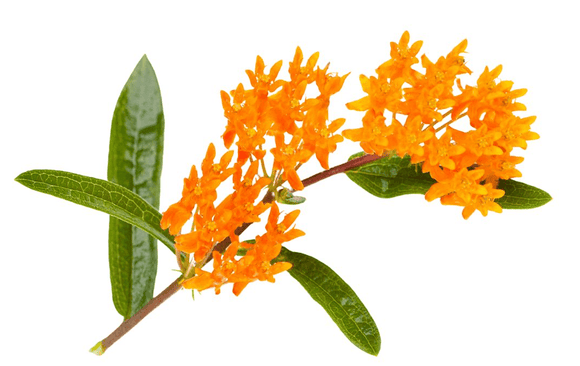How To Get Rid Of Milk Weeds In Seconds
Milkweeds are a common sight in many parts of the world. They are known for their beautiful flowers and their role as a host plant for monarch butterflies. However, milkweeds can also be a nuisance, as they can spread quickly and crowd out other plants.
If you are looking to get rid of milkweeds, there are a few different methods you can use. Some methods are more effective than others, and the best method for you will depend on the size of the infestation and your budget.
Mechanical Removal
The most effective way to get rid of milkweeds is to remove them mechanically. This can be done by pulling them up by the roots or by cutting them off at the ground. However, it is important to note that milkweeds have a deep taproot, so it may be necessary to dig up the roots in order to get rid of the plant completely.
Chemical Control
If you do not want to remove the milkweeds mechanically, you can use a chemical herbicide to kill them. There are a number of different herbicides available, but it is important to choose one that is specifically designed for milkweeds. Be sure to follow the directions on the herbicide label carefully, and wear protective clothing when applying the herbicide.
Natural Methods
There are also a number of natural methods that can be used to get rid of milkweeds. One method is to smother the plants with a tarp or black plastic. This will prevent the plants from getting sunlight, which will eventually kill them. Another method is to use boiling water to kill the plants. Simply pour boiling water on the leaves and stems of the milkweeds, and they will die within a few days.
Which Method is Right for You?
The best method for getting rid of milkweeds will depend on the size of the infestation and your budget. If you have a small infestation, you may be able to get rid of the plants by pulling them up by the roots or by cutting them off at the ground. However, if you have a large infestation, you may need to use a chemical herbicide or a natural method.
Conclusion
Getting rid of milkweeds can be a challenge, but it is possible. By using the right method, you can get rid of these pesky plants and keep your yard looking its best.
Visit Home Gardening for more information about milkweeds.
FAQ of milk weeds
- What are milkweeds?
Milkweeds are a genus of flowering plants that are known for their milky sap. There are over 100 species of milkweeds, and they can be found in a variety of habitats, including meadows, fields, and roadsides. Milkweeds are important for the monarch butterfly, which uses them as a food source.
- What are the benefits of milkweeds?
Milkweeds have a number of benefits, including:
* They are a food source for monarchs and other butterflies.
* They help to control populations of insects that are pests to crops.
* They can be used to make dyes and medicines.
* They are a beautiful addition to any garden.
- How to control milkweeds?
If you do not want milkweeds in your garden, there are a few things you can do to control them:
* Hand-pulling is the most effective way to control milkweeds.
* You can also use a herbicide, but be sure to choose one that is safe for the environment.
* Milkweeds can also be controlled by mowing or grazing.
- Are milkweeds poisonous?
Some species of milkweeds are poisonous, but the vast majority are not. The milky sap that milkweeds produce can cause skin irritation in some people, but it is not usually dangerous.
- How to identify milkweeds?
Milkweeds can be identified by their milky sap and their distinctive flowers. The flowers of milkweeds are usually white or pink, and they have a trumpet-like shape.
Image of milk weeds
10 different images of milkweeds that are free to use:
- Common milkweed (Asclepias syriaca) is a tall, leafy plant with clusters of white or pink flowers. It is the most common type of milkweed in North America.

- Swamp milkweed (Asclepias incarnata) is a shorter plant with pink or white flowers. It is found in wet areas, such as swamps and marshes.

- Butterfly milkweed (Asclepias tuberosa) is a low-growing plant with yellow flowers. It is a favorite food of monarch butterflies.

- Showy milkweed (Asclepias speciosa) is a tall plant with orange flowers. It is found in the western United States.
- Downy milkweed (Asclepias asperula) is a low-growing plant with white flowers. It is found in the eastern United States.

- Whorled milkweed (Asclepias verticillata) is a tall plant with whorls of pink or white flowers. It is found in the eastern United States.

- Mexican milkweed (Asclepias curassavica) is a tall plant with orange flowers. It is native to Mexico and Central America, but it is also naturalized in other parts of the world.

- Horsetail milkweed (Asclepias fascicularis) is a tall plant with clusters of white or pink flowers. It is found in the western United States.

- Tufted milkweed (Asclepias amplexicaulis) is a low-growing plant with yellow flowers. It is found in the eastern United States.

Post a Comment for "How To Get Rid Of Milk Weeds In Seconds"